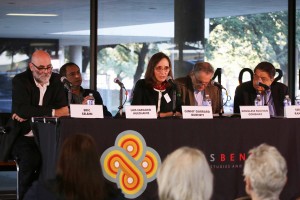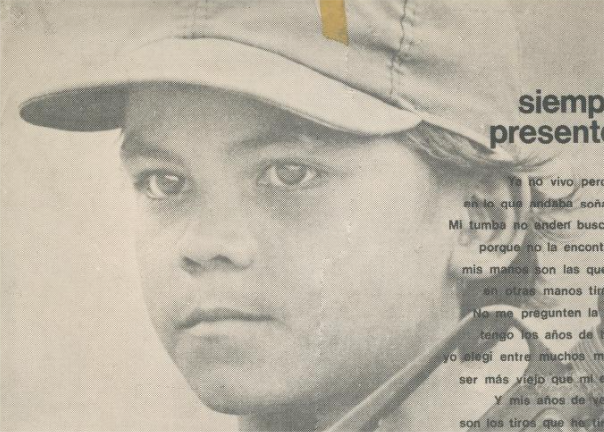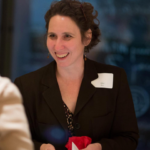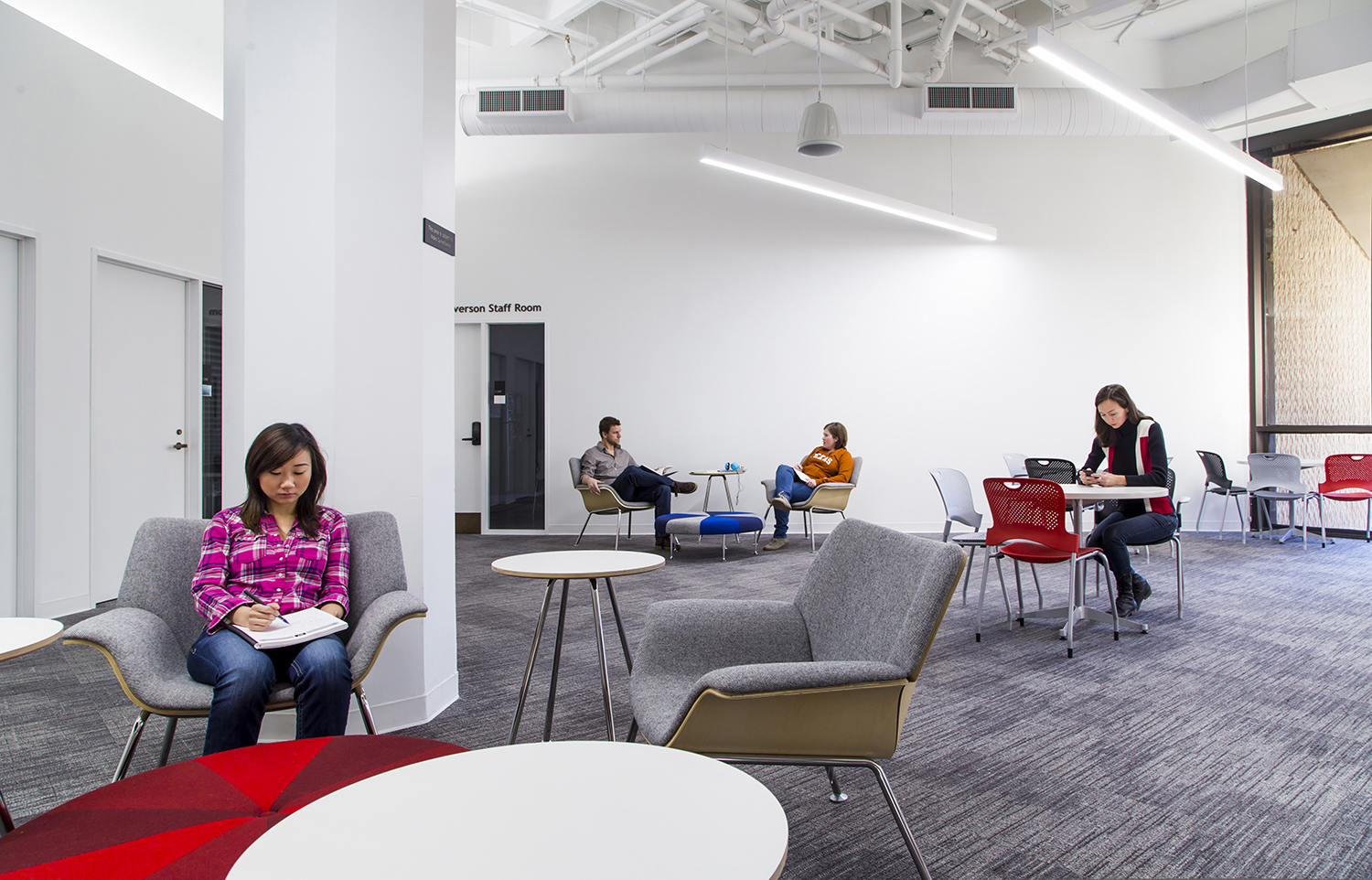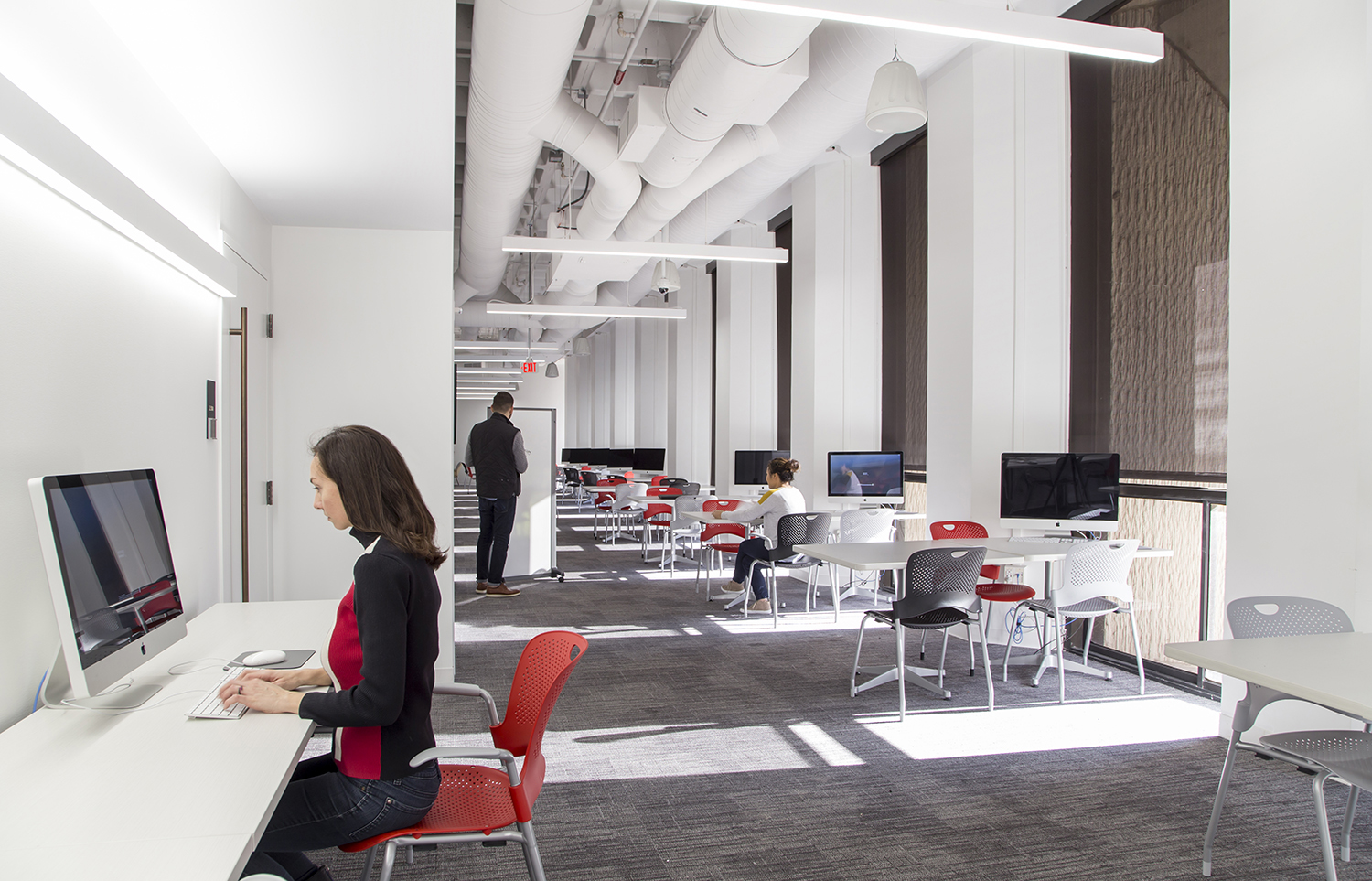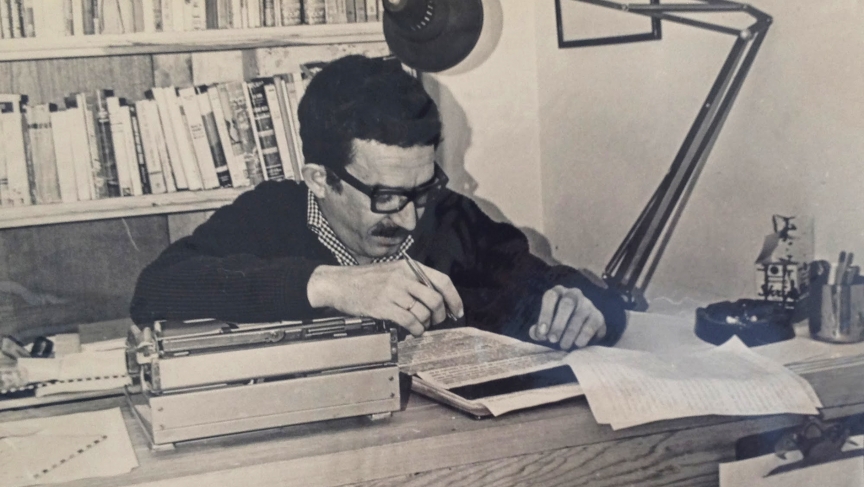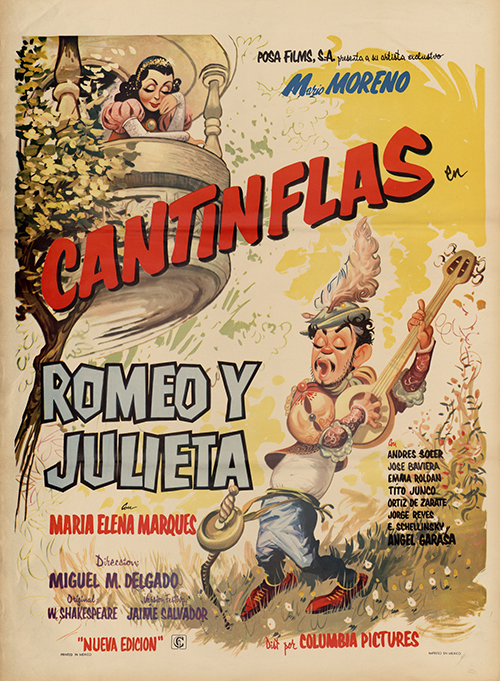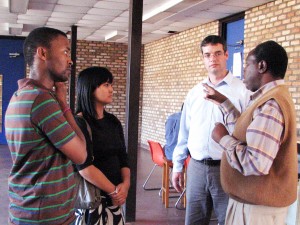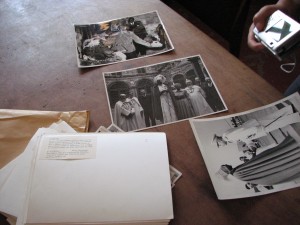Once again the summer break has provided enough clearance for us to undertake a major renovation project, and mirroring last summer, that effort is occurring at the Fine Arts Library.
Dovetailing with last year’s completion of the Foundry — a creative maker space loaded with technology and production tools — the fourth floor of FAL has been cleared of physical resources in an effort to create space that blurs the line between classroom and library.
The reimagining of previous stack space will result in new classrooms and collaborative spaces to accommodate the Center for Integrated Design (CID), an interdisciplinary program administered in the College of Fine Arts that connects design, engineering, information, business, computer science and architecture programs from across the university to bring solution-focused design thinking to university curricula in a comprehensive way. The center seeks to provide all UT students the opportunity to study design methodology and apply it in creative and entrepreneurial scenarios.

Recent expansions of CoFA curricula into areas emphasizing innovation skills and design thinking are meant to better prepare students for a professional landscape that is ever-evolving in the face of technological development. But these programs have strained the college’s existing facilities, and partnerships with the Libraries — like the CID space and the Foundry — are helping to address the needs of current and future undergrads and graduates.
The 4th floor renovation includes the creation of two large classrooms — one of which will be equipped with active learning and creative technologies — a large seminar room, a medium seminar rooms that seats 12 and two small seminar rooms. The changes will also provide new office space for the faculty and staff in CID, as well as for faculty in the Center for Arts and Entertainment Technologies (CAET), a primary partner with the Libraries in the development of the Foundry.
Libraries staff moved more than 100,000 books, bound journals and scores to offsite storage facilities to accommodate the new construction, and moved the remaining 195,000 items to the stacks on the fifth floor of the building. Thanks to a robust delivery system developed over the last decade, the Libraries can provide campus access to any remote materials within 48-72 hours.
The renovation is on schedule and expected to be complete in time for the opening of classes this fall.



